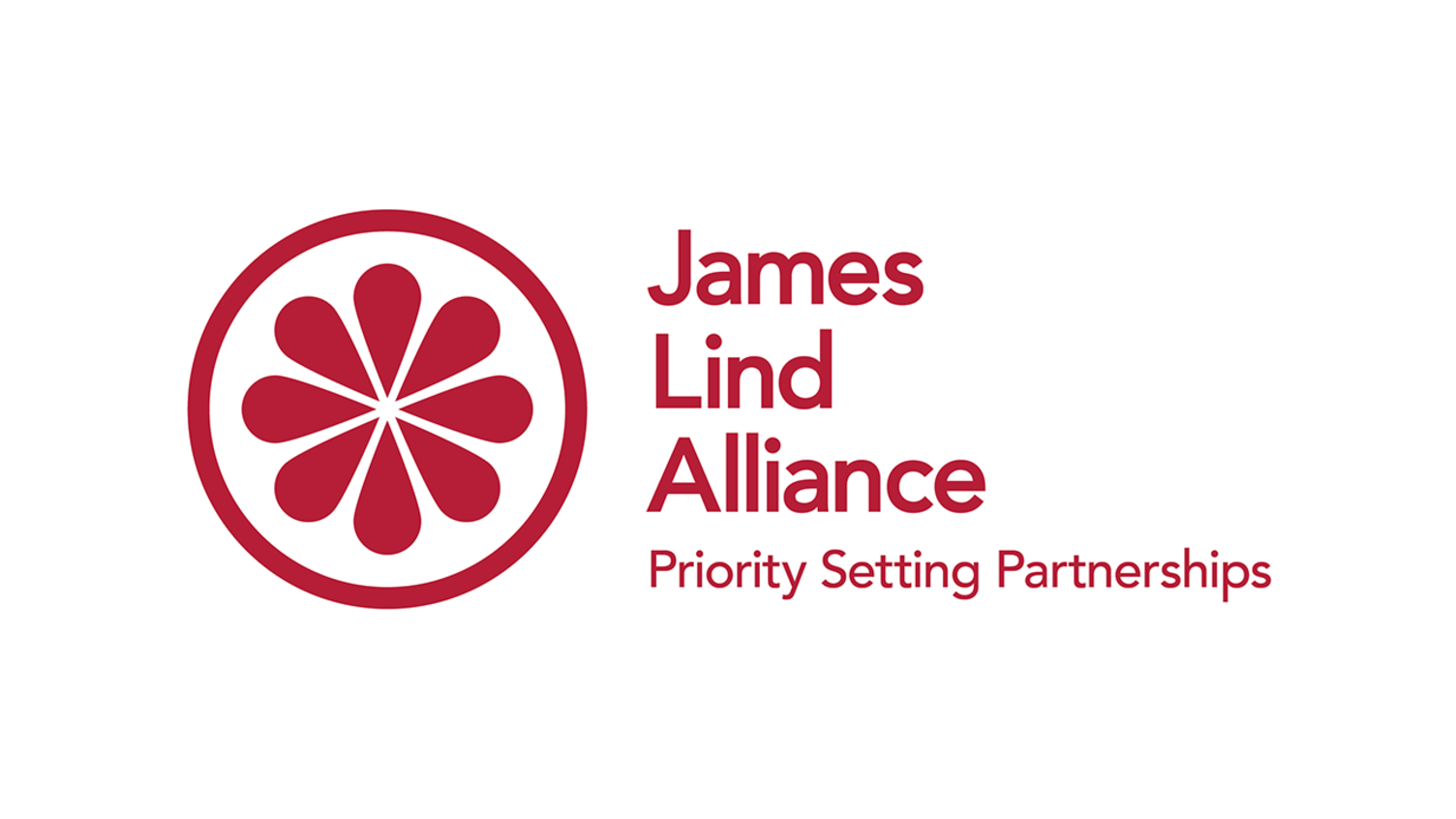Using the JLA method to determine a Top 10 list of technologies with potential to transform healthcare in Canada
- 17 May 2022
- 4 min read
Tamara Rader, JLA Adviser in Canada, writes:
The JLA method is designed to raise awareness of research questions that are of direct relevance and potential benefit to patients, family caregivers and the health care professionals who work with them. But can the JLA method be adapted to raise awareness of emerging health technologies that are most important to users of the health care system, clinicians and others?
CADTH has released its 2022 Health Technology Trends to Watch: Top 10 List. This list describes the 10 technologies Canada’s health care system decision-makers should prepare for over the next two years. CADTH is an independent, not-for-profit organization responsible for providing Canadian health care decision-makers with objective evidence to help make informed decisions about the optimal use of drugs, medical devices, tests, and procedures.
The 2022 Health Technology Trends to Watch list presents the top 10 technologies that have the potential to fundamentally shift the way health care is provided and accessed in Canada within the next two years.
In July 2021, a working group of health care and technology innovation experts, clinicians and patient and community group representatives (external to CADTH) was formed. Similar to the role of a Steering Group in a JLA PSP, they worked alongside CADTH staff to oversee and guide the priority setting process, and informed project decisions via monthly meetings. The working group also facilitated outreach and connections with stakeholders and championed the project through their networks. A survey was launched to identify new and emerging health technologies that could potentially disrupt Canada’s health care system.
CADTH researchers reviewed all survey responses and removed out-of-scope items to create a long list of unique technologies and trends. The survey identified 311 technologies and trends of which 74 items were removed because they were considered out of scope.
In keeping with the JLA principle of adding to the evidence base, a targeted grey literature search was used identify publicly available technology trends lists within 10 years to ensure no key technologies or trends were missed. The search was conducted on October 13, 2021, by an Information Specialist who searched sources listed in relevant sections of the Grey Matters: A Practical Tool For Searching Health-Related Grey Literature checklist. Google was used to search for additional internet-based materials. No additional technologies and trends were identified from this search.
From the long list of 47 technologies, the working group was tasked with narrowing down the list to 15 to 20 technologies and trends. The working group was provided a set of guiding questions about the innovative and disruptive nature of each item and a table summarizing the survey responses for each item. They used their own knowledge, experience, and expertise to support their decisions. Based on their deliberation, the working group produced a short list of 16 technologies and trends. CADTH staff wrote descriptions about each of 16 items using information from the survey responses and literature searches.
The final prioritization workshop took place over Zoom on December 10, 2021. The workshop brought together 20 people to identify and prioritize the top 10 items from the short list of 16 technologies and trends. To ensure a balanced and diverse range of perspectives, workshop participants included people with lived experiences with health technologies, consumer advocates, health care professionals, government policy analysts, academic researchers, and industry representatives. Three members of the working group also participated in the workshop. Three CADTH staff members, including one who is a JLA Adviser, facilitated the workshop sessions. The facilitators ensured that all participants were actively included in the discussion and that JLA’s principle of equal involvement was upheld.
Although shorter than a regular JLA workshop, the preparation and steps to prioritization were similar. Before the workshop, participants were provided with a workshop guide, the 16-item short list with summaries about each technology and trend, and a participant priorities worksheet. Before attending the workshop, participants were asked to review and rank the technologies and trends in the short list using the participant priorities worksheet. During the workshop, participants discussed the 16 technologies and trends on the short list; using a consensus-based approach, they ranked the order of their importance during three small group sessions and one plenary session. At the end of the workshop, participants put forth a list that reflected the group’s ranked order for the 2022 Health Technology Trends to Watch: Top 10 List.
Some limitations to this exercise should be noted. The development of the Top 10 List was guided by the JLA PSP principles of equal involvement and inclusivity, transparency, and commitment to using and contributing to the evidence base. However, some aspects of the PSP process were modified to accommodate a shorter project timeline — six months instead of 12 months to 18 months typically required to conduct the JLA PSP process — and an online format was adopted to respect current COVID-19 safety measures.
The Top 10 List includes technologies for remote care monitoring, artificial intelligence for public health, and portable dialysis machines, among others. These technologies have the potential to transform health systems and improve health outcomes. For example, they may allow for more convenient and improved access to screening, diagnosis, and treatments; provide more tailored approaches to care; and help facilitate more person-centred care. They are also likely to cause disruption and change such as the need for new training for health care providers. Issues of equity, accessibility, and data privacy are important to users of the health care system, and require careful consideration during implementation of new technologies.
The JLA method was adapted to enable diverse stakeholder groups such as patient groups, consumer and disability advocates, health care professionals, government policy analysts, and academic researchers to contribute to the top ten list of health technologies or trends that have the potential to significantly impact or disrupt Canada’s health care system in the next one to two years. Based on this solid foundation, the resulting list of helps to create awareness of potentially important and disruptive health technologies and trends, to help prepare Canadian health care decision-makers and CADTH for the future.


